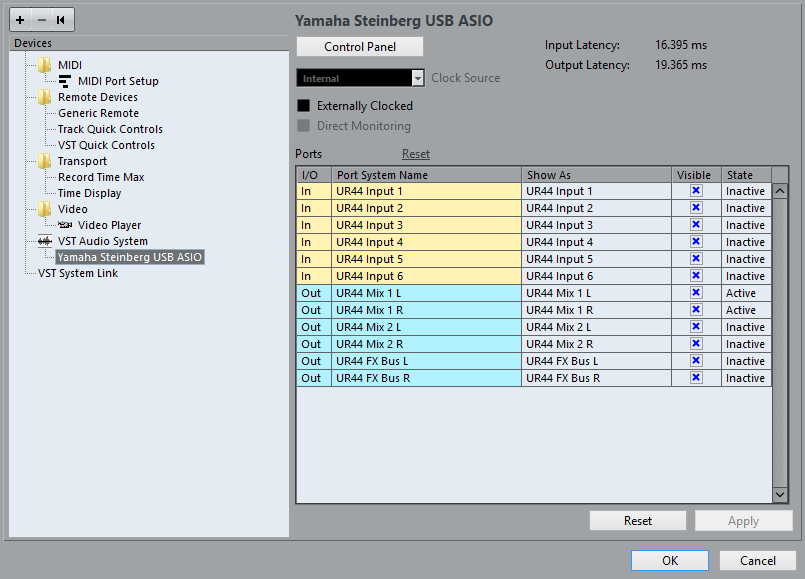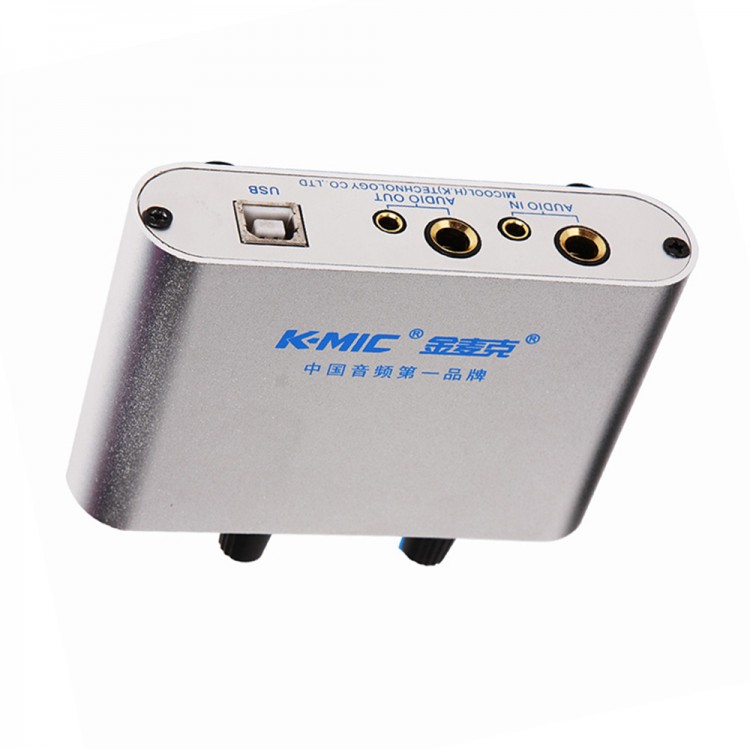

- ASIO FOR GENERIC USB DEVICE MAC OS
- ASIO FOR GENERIC USB DEVICE INSTALL
- ASIO FOR GENERIC USB DEVICE DRIVERS
- ASIO FOR GENERIC USB DEVICE UPDATE
ASIO FOR GENERIC USB DEVICE UPDATE
In order to manually update your driver, follow the steps below (the next steps):ġ.
ASIO FOR GENERIC USB DEVICE INSTALL
Take into consideration that is not recommended to install the driver on Operating Systems other than stated ones.

If the driver is already installed on your system, updating (overwrite-installing) may fix various issues, add new functions, or just upgrade to the available version.
ASIO FOR GENERIC USB DEVICE DRIVERS
But if drivers are installed before and Windows is not loading them them and nothing else was messed with then it can be as simple as that hardware that provides the initial device ID over USB may be just fried or maybe the internal power that drives that circuitry is fried.The package provides the installation files for C-Media USB Advanced Audio Device Driver version 10.0.1.1. And the driver will do a lot more once it's opened by an application. Then the driver may do some very basic communication with the hardware. Windows tries to read some basic device ID info over USB and load the appropriate driver for that ID. Try with a different known working USB cable, try different USB ports. as Dave said way earlier here.īut sure try uninstalling all drivers that were installed and reinstall new clean copies of the correct drivers for whatever interface you have now. If you had a driver, any driver, installed that was working and now you reconnect the interface after potentially zapping it with an uh creative power source if the device is showing up as unknown then it may be fried. depending on what is being talked about). ASIO is *not* default Windows built in audio framework. On Windows, Pro Tools and some other DAWs uses ASIO as their audio framework. Ultimate/HD hardware is a bit special, and just about everything else) uses CoreAudio, the macOS built in audio framework. only because Focusrite followed the rules from Apple to make the 2i2 work with that generic driver. On a Mac a 2i2 is using a device driver, but it's the generic USB CoreAudio driver build into the operating system. On a Windows PC you have to install the driver they provide (make sure you download the correct driver for the generation of 2i2). So for example the 2i2, which is a nice little interface, works fine on a mac with no customer driver installed. But if you want to spend more money lots of other brands are out there and have good support and more features, including say UAD Apollo and MOTU interfaces. What is your budget and what do you need to do? For a replacement of the mAudio the 2i2 is a nice match, and will be noticeably better. I don't use their interfaces and don't work on Windows much). (for that Focusrite maybe gets middling grades, with some driver install issues? the same ones the OP likely have heard about. and a good part of selecting interfaces for Windows is how good are those drivers and how good is the vendors at supporting/providing updates to the drivers. all that stuff is a fluster puck, you want a high quality ASIO driver supported by the interface vendor. or trying to use ASIO4ALL to wrap other drivers to look like ASIO.

And I don't care about what Pro Tools First or anything else says about WASAPI or other driver support on Windows. Run far and fast from any interface that does not have a ASIO driver. On Windows for any Pro Tools interface you should look for interfaces where the manufacture provides an ASIO driver.
ASIO FOR GENERIC USB DEVICE MAC OS
The mac OS has something called CoreAudio that many interfaces can use, which means you don't really need to install any driver.


 0 kommentar(er)
0 kommentar(er)
